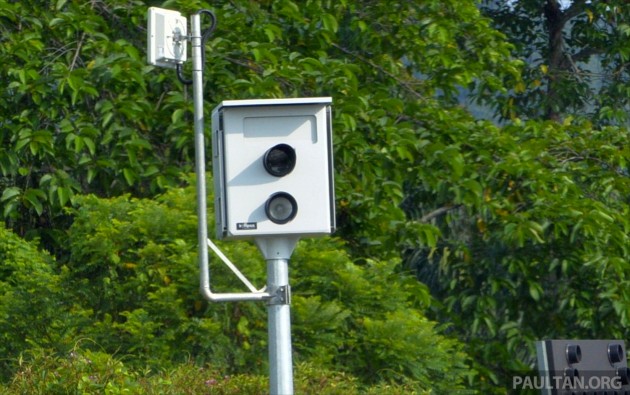
The government is close to finalising a settlement package with the two primary operators initially appointed to run the Automated Enforcement System (AES), The Edge Financial Daily has reported.
The contractors, Beta Tegap and Automated Traffic Enforcement System (ATES), have taken their case to be settled at the Kuala Lumpur Regional Centre for Arbitration (KLRCA) after the government backtracked on its contract with them and took over AES operations in September 2013 through AES Solutions, a government-owned company.
The report adds that the case has been under arbitration for two years, but was due to be heard within the next couple of weeks. A source told the publication that the settlement could cost the government a tidy sum, with compensation of up to RM500 million each.
Both private firms were appointed to run the AES system, which was announced in July 2012, and each company was given distinct zones of operation - Beta Tegap was to handle the AES for the southern region, while ATES was responsible for the rest of the country, including Sabah and Sarawak.

Each also ran separate systems - Beta Tegap utilising gear from Australian-based Redflex Traffic System and ATES operating equipment from German company Jenoptik Robot. The cost of installing and operating the cameras were to be borne by the two companies, with an estimated RM300 to RM400 million being bandied to get the AES going.
The companies were entitled to a share of the revenue collected from the fines to offset operational costs and generate returns, with revenue sharing done across a three-tier model. Tier one would see both operators getting RM16 from each valid summons in which the fine is collected, capped at five million summonses.
If the summonses exceeded five million, the second tier would see the companies taking 50% of the amount paid in fines. The cap for this tier was set at RM270 million a year, with the government taking an equal share. Beyond the RM270 million a year mark, a third tier would have seen both companies raking in 7.5% of the balance revenue and the government the rest. All, of course, if offenders paid up.
The entire network was to utilise around 800 fixed and 500 portable speedtrap cameras to 'monitor' traffic in 831 "black spot" areas on highways in addition to stretches of state and federal roads. Deployment began in September with the pilot stage of the project involving 14 cameras - mplementation has not progressed beyond then.


No comments:
Post a Comment